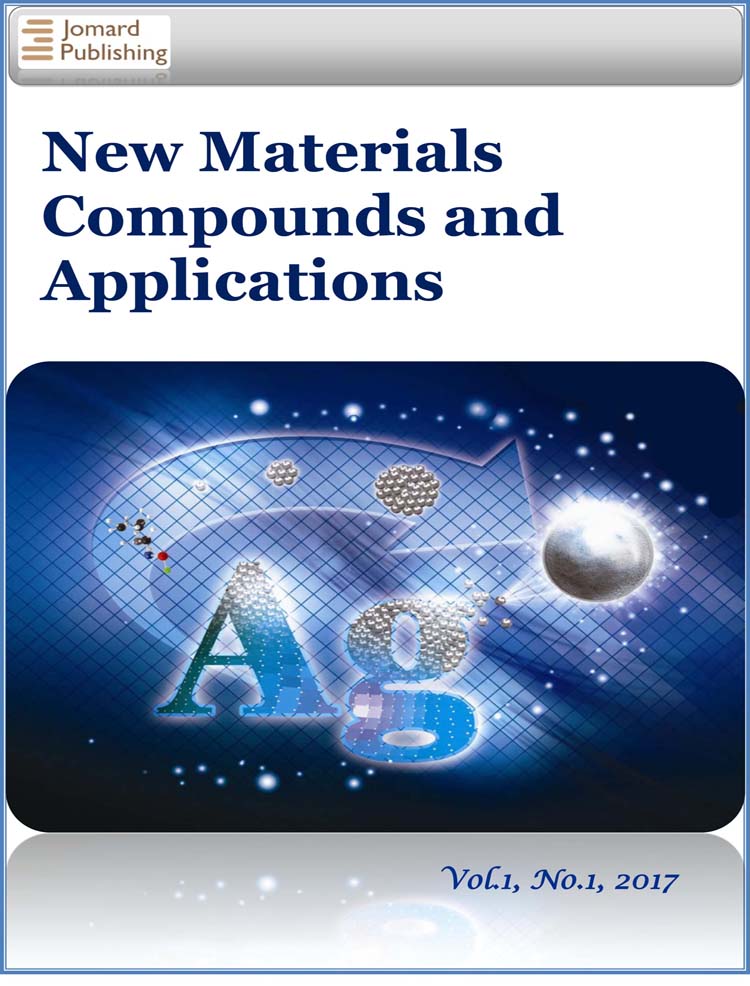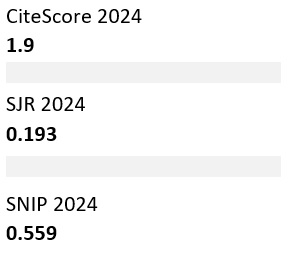Comparative Study of Ionization Constants and Structural Properties of Oxidative and Phenolic Acids using AM1 and DFT Methods
- Published: 09-04-2025
Share
A theoretical study of the ionization constant (Ka) of ten oximic and phenolic acids derived from aromatic and aliphatic compounds was conducted. The factors influencing the ionization constant were investigated using two quantum mechanical methods: semi-empirical calculations (Austin AM1) and ab initio calculations (DFT), both implemented in ChemOffice 2018. AM1 and DFT are valuable tools for calculating physical properties of oximic and phenolic acids. The validity of these methods was assessed by comparing the theoretically calculated variables. These variables (quantities susceptible to change within a mathematical context) were analyzed to determine which method provided more accurate results and to establish relationships between them. The calculated ionization constants were then correlated with experimental values through simple and multiple statistical analysis. The strong correlations obtained, indicated by high R2 values, validated the theoretical approach. Multiple statistical analysis revealed that the most influential variables for the ionization constant are the Highest Occupied Molecular Orbital (HOMO) energy, the Mulliken charge on the nitrogen atom at position 2 (MC-N2) and van der Waals interactions (Bend VDW). Other variables were excluded due to negligible or zero coefficients. These selected variables were used to establish a predictive relationship. The correlation coefficients obtained were 0.9902 for AM1 and 0.7306 for DFT. Comparison with experimental values demonstrated that the AM1 results closely matched the experimental data.
- View 845
- Downloads 231
- Saveds 0
- Citations (Crossref) 0



